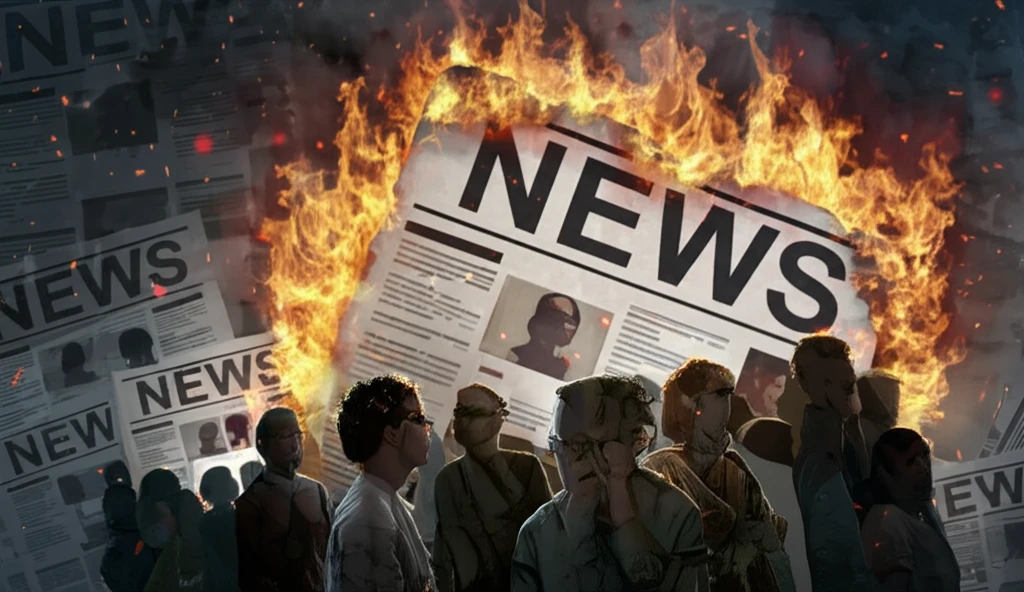
When Wildfires Roar: Unmasking Media Bias and Protecting Our Communities
"Dive into how media coverage shapes our understanding of wildfires, revealing hidden inequalities and climate change silences."
Wildfires, once a seasonal threat, are now a year-round concern, fueled by climate change and expanding urban development. As these blazes intensify, our reliance on media for information grows. But what if the stories we're told are incomplete? What if critical details about community impact, firefighter safety, and the role of climate change are consistently overlooked?
In 2014 and 2015, Washington State faced two of its largest wildfires: the Carlton Complex and the Okanogan Complex fires. These disasters not only devastated landscapes and communities but also highlighted critical gaps in how wildfire events are reported. By examining media coverage of these fires, we uncover patterns of emphasis and silence that shape public perception and, ultimately, our ability to respond effectively to future crises.
This article examines how wildfire events are framed in the media, pinpointing who gets heard, what issues gain traction, and what crucial information is left out. Understanding these dynamics is the first step toward fostering more informed, resilient communities ready to face the growing threat of wildfires.
The Stories That Get Told (and the Ones That Don't)

A deep dive into media coverage of the Carlton and Okanogan Complex fires reveals a skewed landscape of information. While certain aspects of the disasters received significant attention, others were notably absent.
- Public and Residential Safety: This was the most frequently covered topic, focusing on immediate threats to homes and lives.
- Firefighter Safety (Following Fatalities): After the tragic deaths of three firefighters in the Okanogan Complex fire, this issue gained prominence, though often without deeper context.
- Infrastructure and Community-Level Impacts: Articles discussed the immediate aftermath, such as power outages and road closures, but often lacked long-term perspectives.
Staying Informed and Protecting Your Community
The gaps in wildfire media coverage can have significant consequences, shaping public perception and hindering effective responses. By recognizing these biases, we can become more informed citizens and advocates for community safety. It’s time to demand comprehensive, contextualized reporting that addresses the root causes of wildfires and promotes equitable solutions for all communities.
